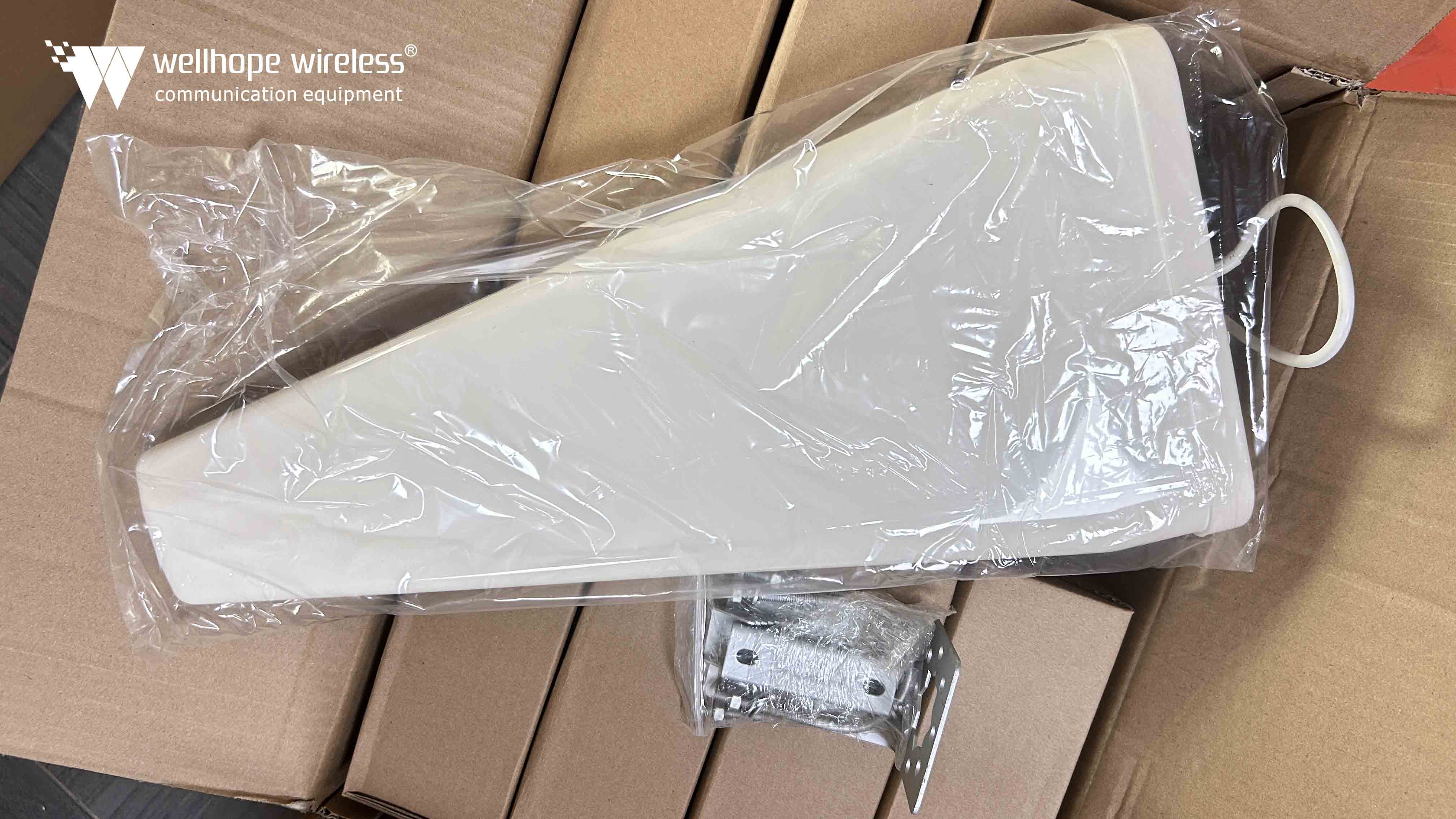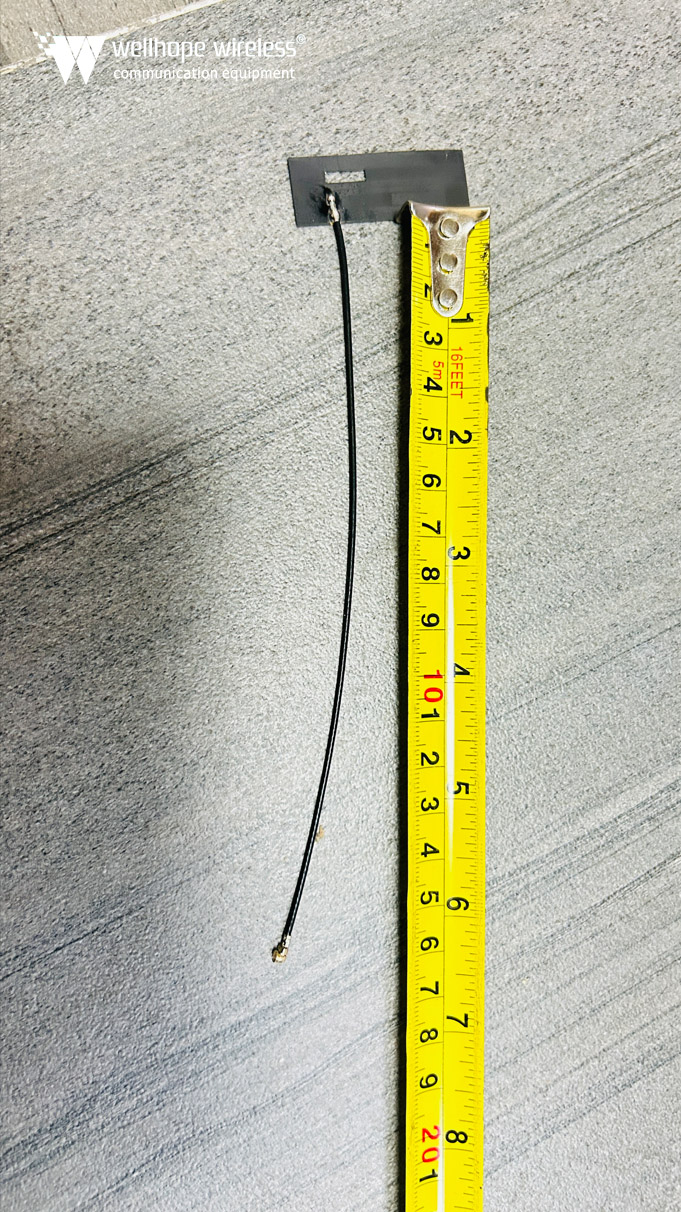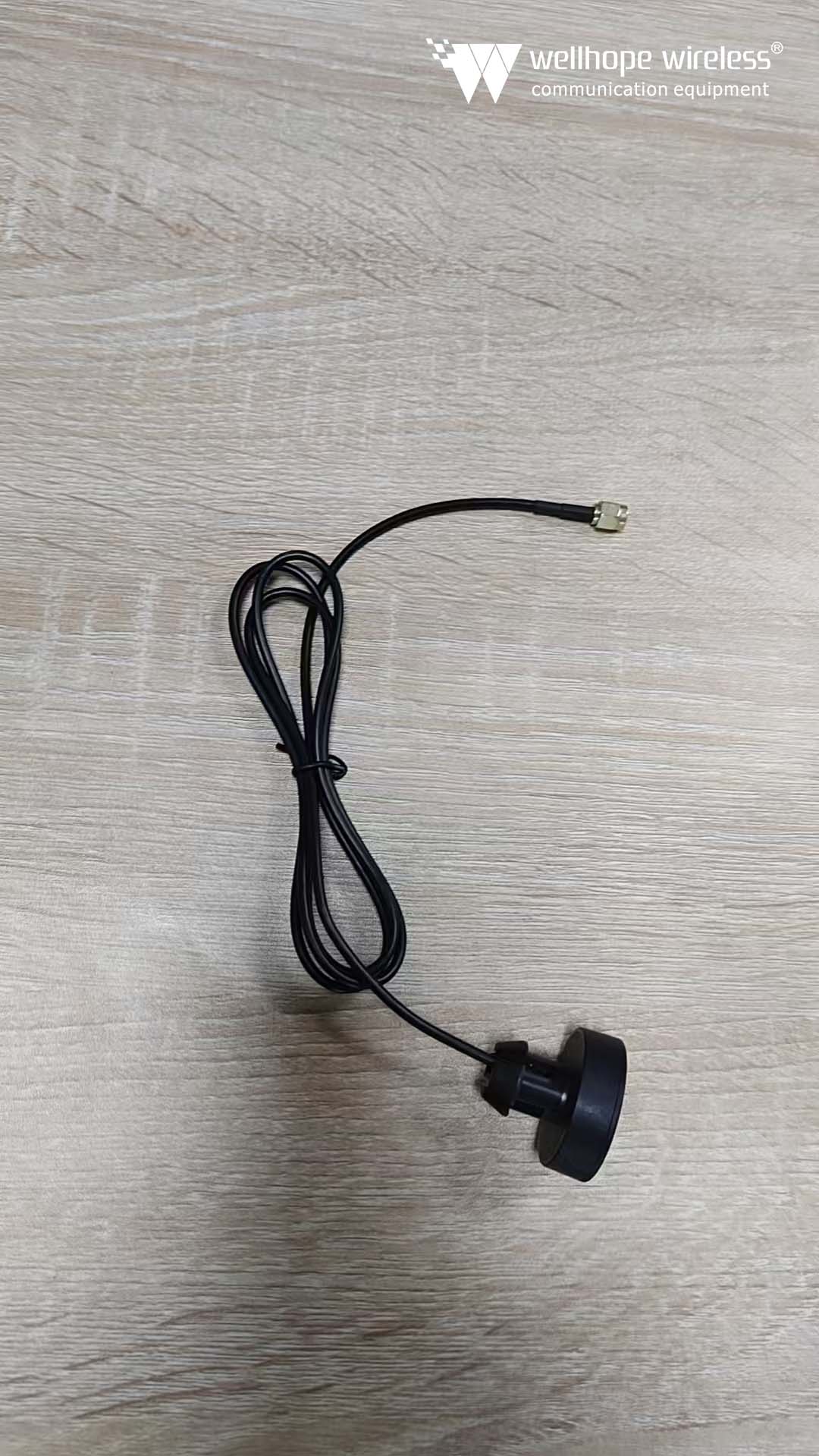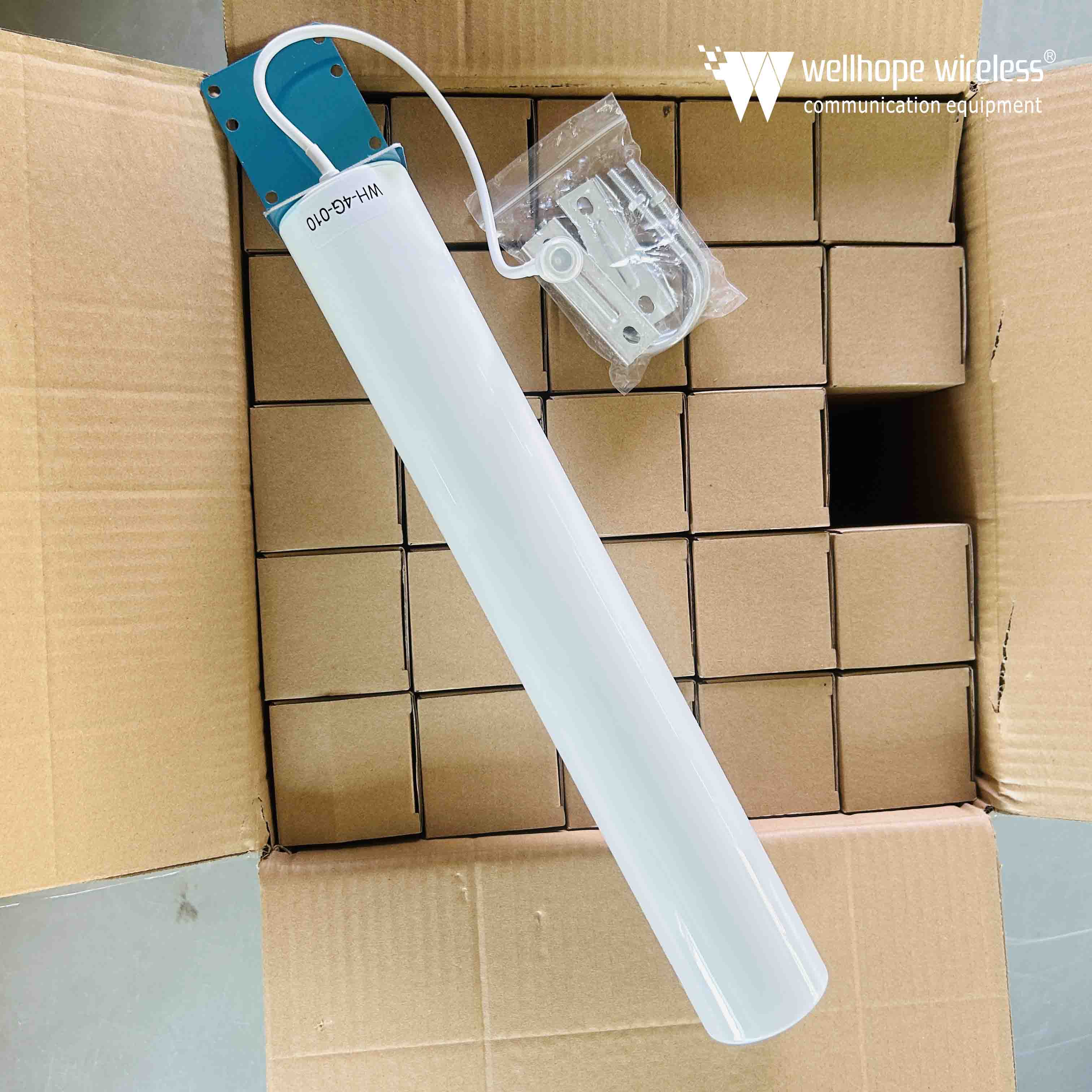Attiecībā uz dB, dBm un dBi
Aptuvenais 15 minūtes, lai pabeigtu lasīšanu
D B (decibelos)
DB ir relatīva vienība, ko izmanto, lai attēlotu attiecību starp diviem lielumiem. To parasti izmanto, lai aprakstītu jaudas vai sprieguma (vai strāvas) attiecību.
Definīcija: (dB=10 \ log_ {10} \ pa kreisi (\ frac {P_2} {P_1} \ right)) vai (dB=20 \ log_ {10} \ left (\ frac {V_2} {V_1} \ right) )
Tostarp (P_1) un (P_2) ir divas jaudas vērtības, un (V_1) un (V_2) ir divas sprieguma vai strāvas vērtības.
Piezīme: dB ir relatīva vienība, kas atspoguļo attiecību starp diviem lielumiem, nevis absolūtā vērtība.
1. Decibelu aprēķina formula jaudas attiecībai:
Salīdzinot divas jaudas vērtības, decibelu aprēķina formula ir:
DB=10log10 (P1P2), kur (P_1) ir atsauces jauda (parasti fiksēta vērtība) un (P_2) ir mērāmā jauda. Ja (P_1) ir 1 vats, iepriekš minēto formulu var vienkāršot šādi: dB=10log10 (P2), kur (P_2) ir jaudas vērtība vatos.
2. Decibelu aprēķina formula sprieguma (vai strāvas) attiecībai:
Salīdzinot divas sprieguma (vai strāvas) vērtības, decibelu aprēķina formula ir šāda:
dB=20log10(V1V2)
varbūt
dB=20log10(I1I2)
Among them, (V_1) and (I_1) are reference voltages and currents (usually fixed values), while (V_2) and (I_2) are the voltages and currents to be measured. If (V_1) or (I_1) is 1 volt or 1 ampere, the above formula can be simplified as:
dB=20log10(V2)
perhaps
dB=20log10(I2)
Here (V_2) and (I_2) are voltage and current values in volts or amperes.
Note: In these formulas, (\ log_ {10}) represents the logarithm based on 10. If (P_2/P_1) or (V_2/V_1) (or (I_2/I_1)) is greater than 1, then the decibel value is positive; If it is less than 1, the decibel value is negative. The larger the decibel value, the greater the multiple of (P_2) relative to (P_1) (or (V_2) relative to (V_1), or (I_2) relative to (I_1)).

DBm (decibels milliwatts)
DBm is an absolute unit used to represent power values, with a reference point of 1 milliwatt (0.001 watt).
Definition: (dBm=10 \ log_ {10} \ left (\ frac {P} {1mW} \ right))
Where (P) is the power value to be measured.
For example, if the power of a signal is 1 watt, then its power is (10 \ log_ {10} (1000)=30 dBm).
DBm is commonly used to describe the power of wireless signals or the sensitivity of receivers.
DBm calculation formula
dBm=10log10(1mWP)
Among them,
(P) is the power value to be measured, in milliwatts (mW).
(1mW) is the reference power value, which corresponds to the power of 0dBm.
Related information
1. Unit conversion:
0dBm corresponds to 1 milliwatt (1mW).
For every 3dBm increase, the power doubles; For every reduction of 3dBm, the power is halved.
For example, 30dBm corresponds to 1 watt (1W), because (10 \ log_ {10} (1000)=30) (because 1W=1000mW).
2. Common conversion values:
o 30dBm = 1W
o 40dBm = 10W
o 50dBm = 100W
3. Precautions:
DBm represents the absolute value of power, not the power ratio.
In the calculation, pay attention to the unit of power and ensure that it is consistent with the unit of reference power (1mW).
Example
If the power of a signal is 4 watts (4W), then its power (in dBm) can be calculated as follows:
dBm=10log10(1mW4000mW)=10log10(4000)=10*(3+log10(4))≈36.02dBm
(Here (\ log_ {10} (4) \ approx 0.602) is the base 10 logarithm of 4)
DBi (decibels relative to isotropy)
DBi is a unit used to describe antenna gain, with its reference point being an idealized isotropic antenna (i.e. an antenna that uniformly radiates or receives in all directions).
Definition: (dBi=10 \ log_ {10} \ left (\ frac {G} {G_ {iso}} \ right))
Among them, (G) is the gain of the antenna to be measured, and (G_ {iso}) is the gain of an isotropic antenna (theoretically 1).
Note that since isotropic antennas do not exist in reality, dBi is a relative unit, but it provides a convenient reference point to compare the gains of different antennas.
DBi is commonly used to describe the gain of antennas used in wireless communication.
DBi calculation formula
dBi=10log10(E0E)
Among them:
(E) is the effective radiation power or gain of the actual antenna.
(E0) ir ideālas izotropas antenas efektīvā starojuma jauda vai pastiprinājums. Ideālai daudzvirzienu antenai ir vienmērīgs starojums visos virzienos, un praksē šādas antenas nav, tāpēc tā kalpo kā atskaites etalons.
Saistītā informācija
1. Atsauces etalons: dBi atsauces etalons ir daudzvirzienu antena, kas ir teorētiski ideāls modelis, ko izmanto, lai salīdzinātu citu antenu pastiprinājumu.
2. Saistība ar dBd: dBi un dBd ir vienības, kas raksturo antenas pastiprinājumu, taču to atsauces standarti ir atšķirīgi. Atsauces etalons dBi ir daudzvirzienu antena, savukārt dBd atsauces etalons ir dipola antena
(dipola antena). Parasti tiek uzskatīts, ka, attēlojot to pašu pastiprinājumu, vērtība, ko attēlo dBi, ir par 2,15 lielāka nekā vērtība, kas attēlota ar dBd (ti, dBi=dBd+2,15).
3. Piemērs: ja antenas pastiprinājums ir attēlots kā 16 dBd dBd, tad tās pastiprinājums tiek attēlots kā 18,15 dBi dBi (parasti ignorējot decimāldaļas, tas ir 18 dBi).
Rezumējot, dBi ir vienība, ko izmanto, lai aprakstītu antenas pastiprinājumu, un tās aprēķina formula ir balstīta uz faktiskās antenas efektīvās starojuma jaudas attiecību pret ideālās daudzvirzienu antenas efektīvo starojuma jaudu . Salīdzinot ar dBd, dBi atsauce ir daudzvirzienu antena, tāpēc, attēlojot tādu pašu pastiprinājumu, dBi vērtība būs par 2,15 lielāka nekā dBd.


















 jaunumi
jaunumi











